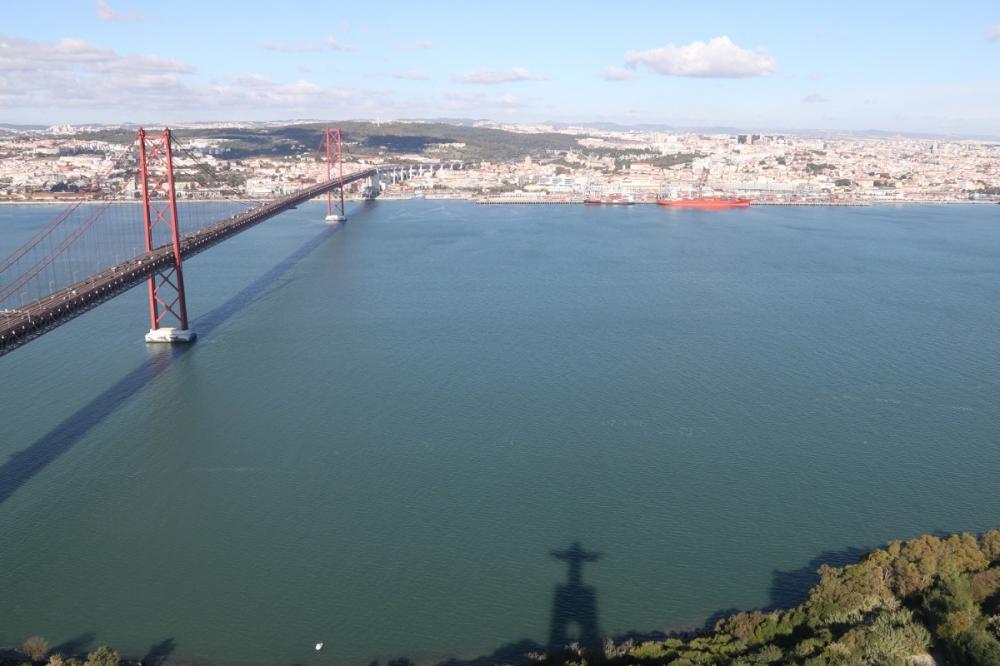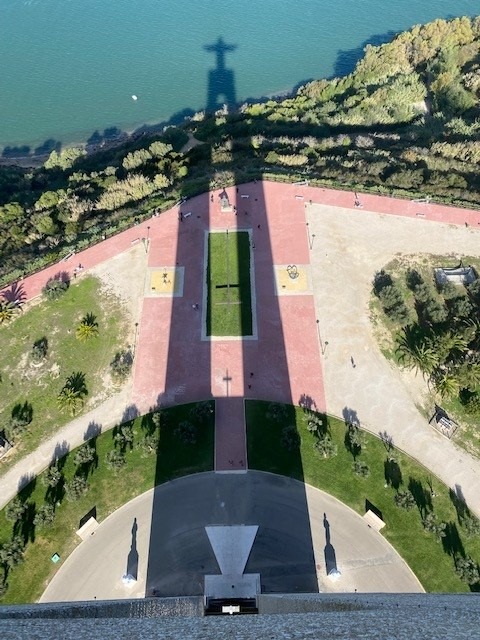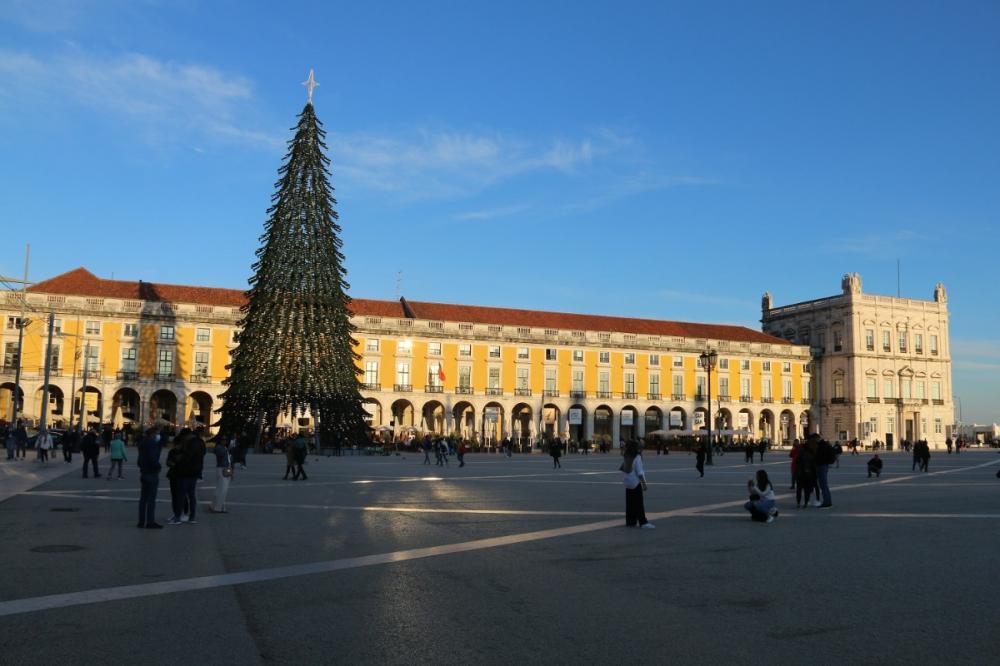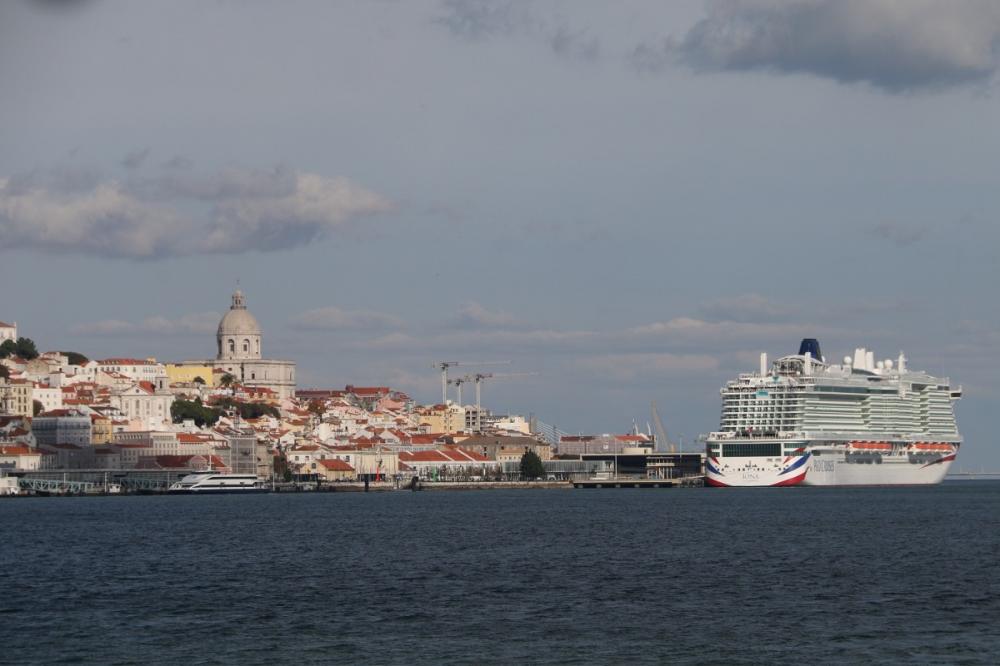search
date/time
 | Lancashire Times A Voice of the Free Press |

Sharon Cain
Lifestyle & Leisure Editor
3:00 AM 9th April 2022
lifestyle
Lisbon: The Ultimate Lifestyle Destination
.jpg)
Cristo Rei: Symbolising hope and gratitude. Images by Steve Hare
Awarded the European Green Capital of 2020, a prestigious EU accolade, Lisbon is also an important pilgrimage destination. As Sharon reports, the incredible Cristo Rei statue, inspired by the world-renowned Christ the Redeemer icon in Rio, stops visitors in their tracks.
Commanding and Outstanding

Past reflections and breath-taking views.
Towering at over 110 metres tall, the figure of Christ was built in 1952 to convey the Portuguese people’s gratitude for escaping the horrors of World War II in which Portugal remained neutral.
Almost 100ft high and bestriding a 270ft plinth, the statue’s arms are outstretched to embrace its scared city.
Symbolising peace and hope, the monument attracts pilgrims from far and wide with famous visitors including Pope Benedict XVI who marked the statue’s 50th anniversary in person.
This awe-inspiring sight dominating the skyline left us breathless.

The statue is a magnet for visitors and pilgrims.
From the viewing platform of Cristo Rei, we marvelled at the spectacular sweep of Lisbon and the landmark 25 de Abril Bridge which connects Lisbon to Almada across the Tagus River.
Delivering the ‘wow’ factor in spades, it spans almost 3,000 metres and is longer than San Francisco’s Golden Gate Bridge which it resembles.
.jpg)
Commemorating liberation: 25 de Abril Bridge.
After the revolution of April 25, 1974, ended almost 50 years of dictatorship - the longest reign of its kind in Europe - the icon was named 25 de Abril Bridge to commemorate the country’s liberation.
Among the 50 top longest suspension bridges in the world, it is crossed daily by around 150,000 cars on six lanes and by more than 150 trains on its two rail tracks. We’d recommend skipping the mayhem and opting for the relaxing ferry trip.
.jpg)
Bright sparks: signature yellow trams
The city’s stunning sights – which are plentiful – include a 48-strong fleet of colourful trams which primarily ply their routes on six lines around the southern and western areas.
An important part of the public transport network since 1873, they became fully electric in 1902. Their signature colour is yellow (there are also red trams) and the number 28, the most renowned, weaves around the medieval city’s enchanting streets and squares.
On the right track
Integral to Lisbon’s many charms, I couldn’t help but smile every time I spotted one.
Majestic History
Straddling a hill above the historic centre, Lisbon’s São Jorge Castle has its roots in the 5th century. Its glory days spanned from the 13th to the 16th centuries when its opulence was enjoyed by Portuguese Kings and Bishops who lived there.
The archaeological site, which underwent major renovations in the 1920s, also delivers amazing views. Boasting eleven towers, the fortress, especially when illuminated by night, is resplendent with its majesty shining bright.

Showcase redevelopment: Praça do Comércio.
Stunning architecture pervades the city and includes Praça do Comércio, the city’s main square by the Tejo estuary.
Surrounded on three sides by distinctive yellow buildings and 18th-century porticos, the plaza is synonymous with Portugal’s high status of that period.
Three centuries later it buzzes with the modernity and energy of locals and visitors.
As a bonus, the square was dressed up for Christmas during our stay in late November when the warmth of the winter sunshine enhanced our explorations.
.jpg)
Picture postcard backdrop
Exploring Lisbon is a delight with eclectic architectural styles spanning Morish, Gothic and Baroque, not forgetting the pretty pastel-coloured houses.
The sun makes an entrance 300 days of the year and the city bathes in a hue of orange at dusk with the promise of sunsets which are particularly beautiful between October and January.
Lisbon is perfect for a weekend break - or a longer stay for day trips to nearby jewels including Sintra and Cascais. A must, if you’re staying longer, are the dramatic waves at Nazare where a Portuguese surfer became the first person to ride a 100-foot wave, the subject of a now famous documentary.
Lisbon’s gastronomy is also exquisite. What the
Portuguese can’t do with bacalhau (cod), my favourite dish, isn’t worth knowing.
Indulging in the scrumptious pastel de nata (custard tart) pastries, which were invented by monks, fuelled our 2,000-mile road trip around Portugal.
Lisbon’s very own version, the Pastel de Belem, rightly described by legendary chef Alain Ducasse as “celestial”, demands all the superlatives in the world.
We were so busy devouring these moorish pastries at every opportunity, they unfortunately never stayed long enough on the plate for us to photograph!

Lisbon’s port plays a key role in Portugal’s economy.
Key Facts
Visit Lisbon
Visiting Cristo Rei
Lisboa Camping and Bungalows
Easyjet flies from Manchester to Lisbon
You can follow Sharon and Steve’s eclectic travels here
Visit Lisbon
Visiting Cristo Rei
Lisboa Camping and Bungalows
Easyjet flies from Manchester to Lisbon
You can follow Sharon and Steve’s eclectic travels here